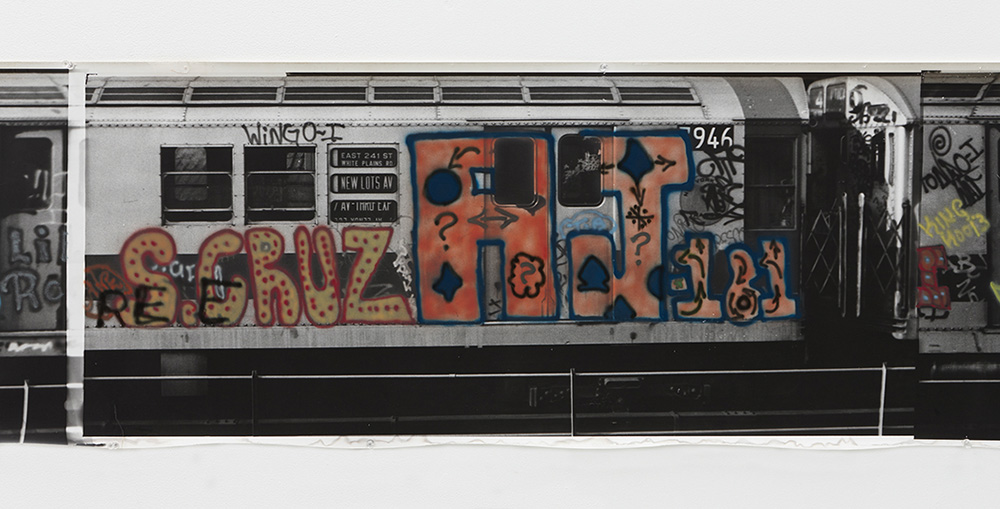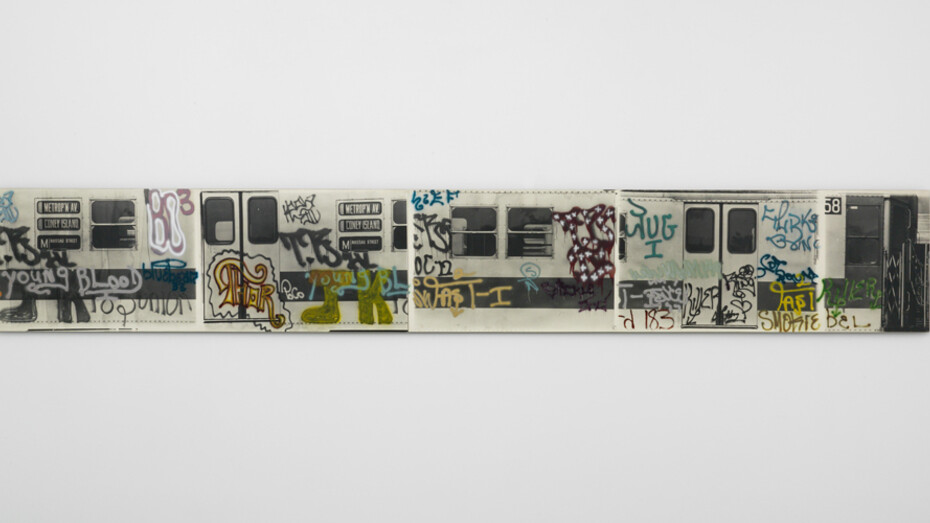Memoriesforart » Artists » Gordon Matta-Clark
More Facts
Name: Gordon
Surname: Matta-Clark
Gender: Male
Lives & Works: New York
Lives in State: New York
Nationality: United States of America
Date of Birth: 1943
Date of Death: 1978
Period: Post-War
Movement: Modern art
Table of Contents

Gordon Matta-Clark was born in 1943 in New York City. He grew up in a creative and artistic environment, as his parents were both artists. His father, Roberto Matta, was a renowned Chilean painter, and his mother, Anne Clark, was an American artist.
Matta-Clark attended the Dalton School in New York City, where he developed a passion for architecture and urbanism. He studied architecture at Cornell University, where he got his Bachelor of Arts degree in architecture in 1968.
After completing his undergraduate studies, Matta-Clark moved to Paris, where he enrolled at the École des Beaux-Arts. During his time in Paris, he became involved in the burgeoning art scene and began experimenting with different artistic mediums.
Sadly, Gordon Matta-Clark’s life was cut short when he passed away at the age of 35 due to complications from pancreatic cancer. However, his groundbreaking work inspires artists and architects today and remains an integral part of the art world’s collective memory.

Gordon Matta-Clark was an American artist known for his unique and innovative approach to sculpture and architecture. He is best known for his concept of “architecture,” which involved transforming abandoned buildings and structures into works of art by cutting holes, slicing through walls, and creating intricate architectural interventions.
These interventions, often called “building cuts,” challenged traditional notions of space, function, and the built environment. Matta-Clark’s work was highly influential and had a profound impact on the art world. His explorations of urban decay, social issues, and the relationship between art and architecture continue to inspire artists today.

In the early 1970s, Matta-Clark returned to New York City and became a central figure in the city’s emerging art scene. He co-founded the artist-run gallery SPACE, which showcased the work of new artists and provided a platform for experimental and unconventional art practices.
Throughout his career, Matta-Clark’s work challenged traditional notions of architecture and the built environment. He is best known for his site-specific “cutting” interventions, in which he would physically cut or remove sections of buildings to create new spatial experiences.
These interventions often took the form of large-scale installations or performances and explored themes of decay, transformation, and the social implications of urban development.
Gordon Matta-Clark was a modern artist known for his unique approach to art and architecture. He is often associated with the movement known as “site-specific” or “interventionist” art. Matta-Clark’s work involved physically altering existing structures, such as buildings or entire city blocks, to create new and unexpected viewer experiences.
He would cut holes into buildings, slice through walls, and remove sections of floors to expose the inner workings and hidden layers of architecture. These interventions were not only visually striking, but they also challenged traditional notions of space, ownership, and the relationship between humans and their built environment.
Matta-Clark’s work blurred the boundaries between art and architecture, and he is considered a pioneer in spatial intervention. His work continues to inspire architects today.
Architecture is a term that was coined by the architect Gordon Matta-Clark in the 1970s. Matta-Clark was known for his unconventional approach to architecture and his interest in exploring the relationship between people and their built environment.
He believed that traditional architecture was too restrictive and sought to create spaces that were more organic and responsive to the needs of the people who used them. Matta-Clark’s work often involved physically altering existing structures, such as cutting holes in buildings or removing sections of walls, to create new and unexpected spaces.
His concept of Anarchitecture rejected the idea of static, permanent buildings in favor of more flexible and adaptable structures. At the same time, Matta-Clark’s ideas were influential; Anarchitecture as a movement gained little recognition and is primarily associated with his work.
Gordon Matta-Clark used various materials to create his unique installations and interventions. One of the materials he frequently used was reclaimed building materials, such as salvaged wood, bricks, and metal. He often sources these materials from abandoned or derelict buildings, giving new life to what would otherwise be discarded.
Matta-Clark also incorporated natural materials into his work, such as soil, plants, and water. These organic elements added a layer of texture and meaning to his installations. Another material that Matta-Clark utilized was photography.
He documented many of his site-specific interventions through photographs, capturing the temporary and transient nature of his work. Gordon Matta-Clark’s use of materials reflected his interest in architecture, urban decay, and the relationship between people and their built environment.

Gordon Matta-Clark was a renowned American artist known for his innovative and unconventional approach to architecture and sculpture. Throughout his career, he created numerous notable artworks, participated in important exhibitions, and received several accolades for his contributions to the art world.
Some of Matta-Clark’s most famous artworks are:
|
1974 |
Splitting |
In this piece, he purchased a suburban house scheduled for demolition and cut it in half using a giant chainsaw. The resulting work showcased his interest in exploring the relationship between space, form, and the human experience. “Splitting” is considered a seminal work of art and has been exhibited in prestigious museums and galleries worldwide. |
|
1975 |
Conical Intersect |
For this project, he cut a sizeable cone-shaped hole through two 17th-century buildings in Paris, France. The intersection of these two architectural structures created a unique and thought-provoking installation that challenged traditional notions of urban space and the built environment. |
|
Splitting: Four Corners |
1974 |
|
Bronx Floors |
1973 |
Matta-Clark’s groundbreaking work has been featured in numerous exhibitions, both during his lifetime and posthumously.
|
1973 |
Arnhem, Netherlands |
This exhibition showcased experimental and site-specific artworks, and Matta-Clark’s contribution further solidified his reputation as an innovative artist pushing boundaries. |
|
1972 |
Kassel, Germany |
His participation in the “Documenta” exhibition in Kassel, Germany, brought international recognition to his work. |
Additionally, he had solo exhibitions at renowned venues such as the:
Museum of Contemporary Art, Los Angeles
Whitney Museum of American Art in New York City
In addition to exhibitions, Matta-Clark received recognition for his artistic achievements. In 1974, he was awarded the Guggenheim Foundation Fellowship, which provided him with financial support to continue his artistic practice. This prestigious fellowship is given to exceptional artists across various disciplines and is a testament to Matta-Clark’s talent and contribution to contemporary art.
Although his life was tragically cut short due to illness, Gordon Matta-Clark’s impact on the art world continues to be celebrated and studied. His unique approach to architecture, his experimental artworks, and his ability to challenge conventional notions of space and form have solidified his place as one of the most influential artists of his time.